Bored Man Overboard
Blutgassenviertel, Stephansplatz, 2009
„The end is near now“, David sings, leaned against the centuries-old walls of St. Stephen’s Cathedral. It’s not an apocalyptical line at this monumental place, but a very personal story about regret and the moments before a breakup. One by one his bandmates join in, adding layer by layer, violin, guitar, drums, trumpet; until finally everything stops except the finger-picked guitar it all started with. The song is called “Wine” and serves as example for many beautifully crafted and emotionally striking songs of these impressively talented seven young guys from Stockholm, who have already released three EP’s and are working on their debut album. “In A Box” is another proof of their remarkable songwriting and arrangements skills. We took them through the narrow lanes of Vienna’s old town to the city center, just before they opened this years Blue Bird Festival. Despite the early slot at the festival and the quiet backside of St. Stephen’s Cathedral, they easily won the audience over on both occasions.
- Camera
- Michael Luger
- Sound Recording
- Matthias Leihs
- Post production
- Michael Luger
- Photography
- Simon Brugner
- Artist
- Bored Man Overboard
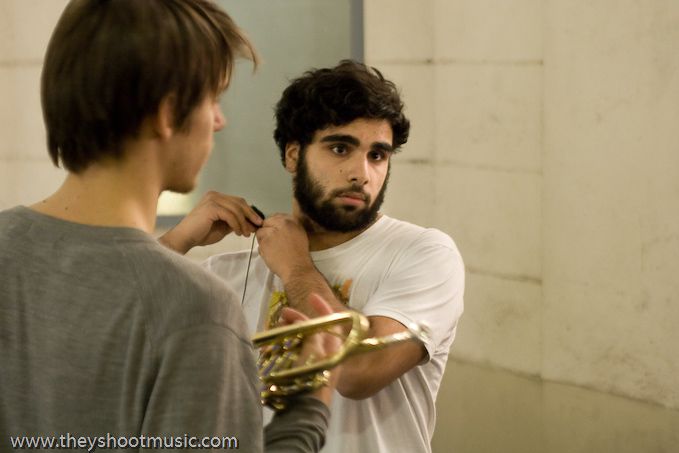

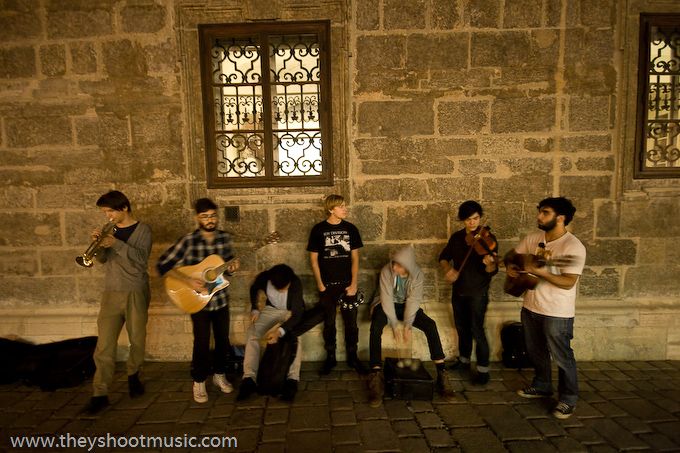
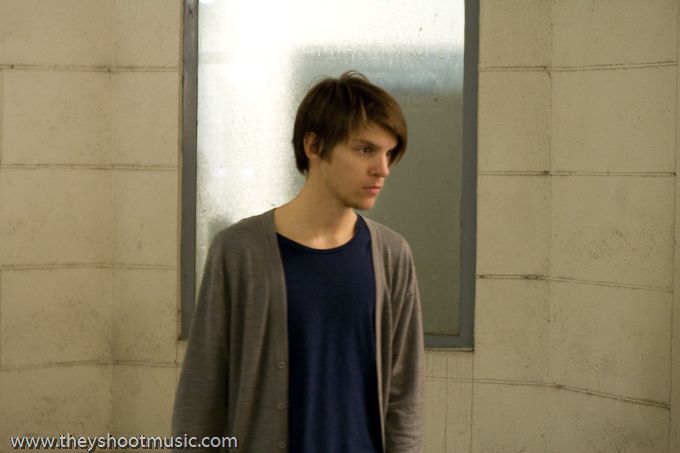
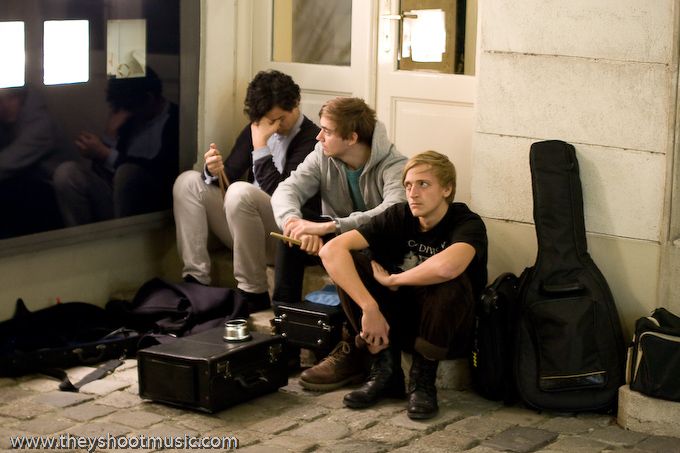
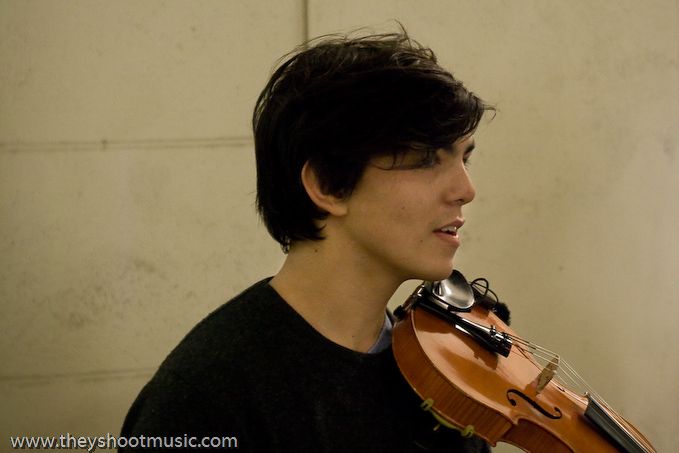

Blutgassenviertel
For getting an impression of the medieval, at times morbid charm certain places in Vienna unfold, we highly recommend walking through the narrow, cobbled lanes behind Stephansdom at night. The area – with its numerous backyards and old cellar doors – is sometimes referred to as Blutgassenviertel (literally translated: Blood Lane quarter) and contains Blutgasse itself and parts of Singerstraße and Domgasse, where Mozart lived and worked for a few years in the Figarohaus. The houses in the Blutgassenviertel are among the oldest to be found in Vienna, with some foundations dating back to the 12th century. There are a lot of myths circulating around the naming of Blutgasse – most of them contain stories about either human or animal blood flowing down the street – but none of them can be taken for granted. In fact, the lane was named Kothgässel until the 16th century, which probably refers to the way people got rid of excrement in the street.
Stephansplatz
For newbies in Vienna, Stephansplatz generally is the first place to go. It’s a square in the very center of the city, with many of the well-known monuments, museums and shopping streets in close walking distance. Millions of tourists stroll by Stephansplatz every year, watch the performances of street artists, have a coffee, get on one of the horse carriages or – most probably – visit the most significant building of Vienna, the Stephansdom (St. Stephen’s Cathedral). The cathedral in the middle of the square was mainly erected from the 12th to the 15th century, with the roman west front being the oldest preserved part, dating back to 1230. Middle nave, choir and the 136-meter-high south tower were built in gothic style, whereas the interior is mainly baroque. St. Stephen’s Cathedral is not only a Viennese, but an Austrian landmark that is also depicted on the 10-cent coin. On every New Year’s Eve, people from all across the country wait – via television – for the famous “Pummerin” cathedral bell to herald the new year.